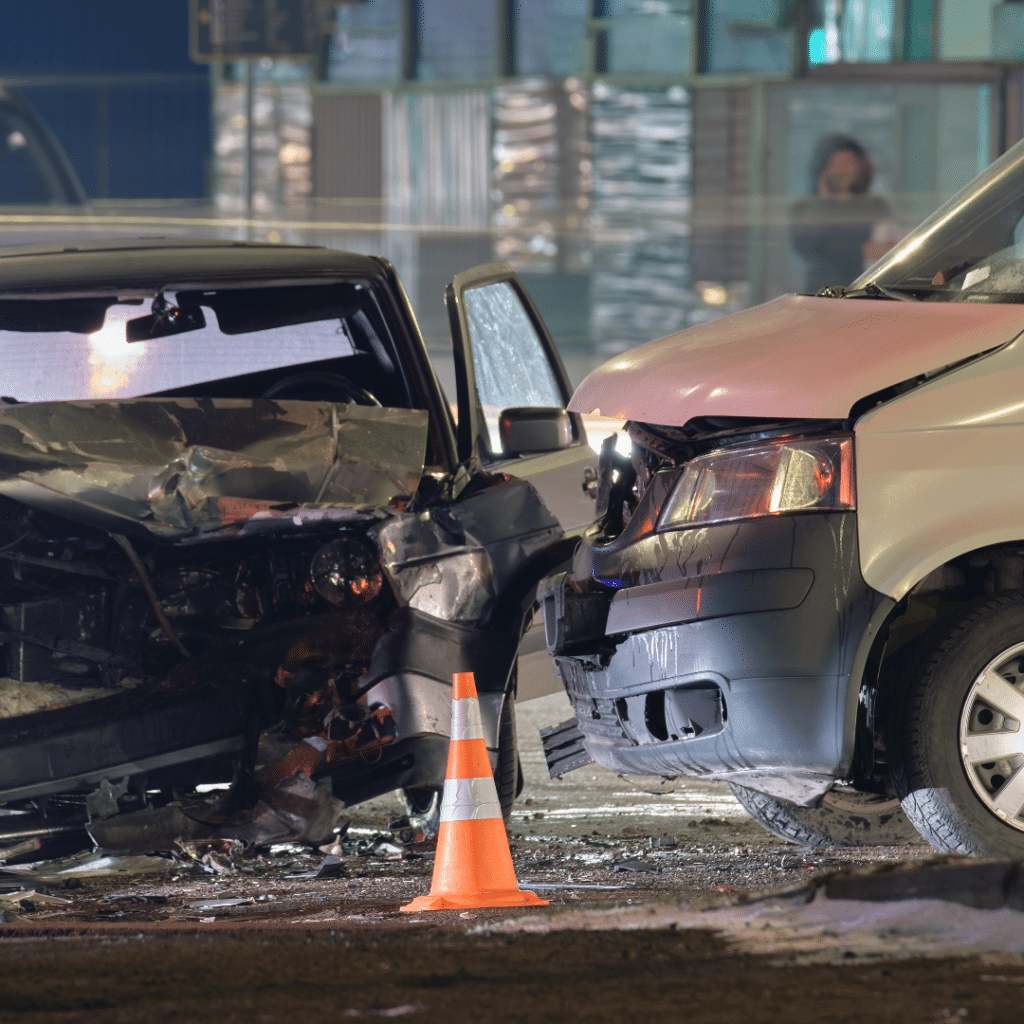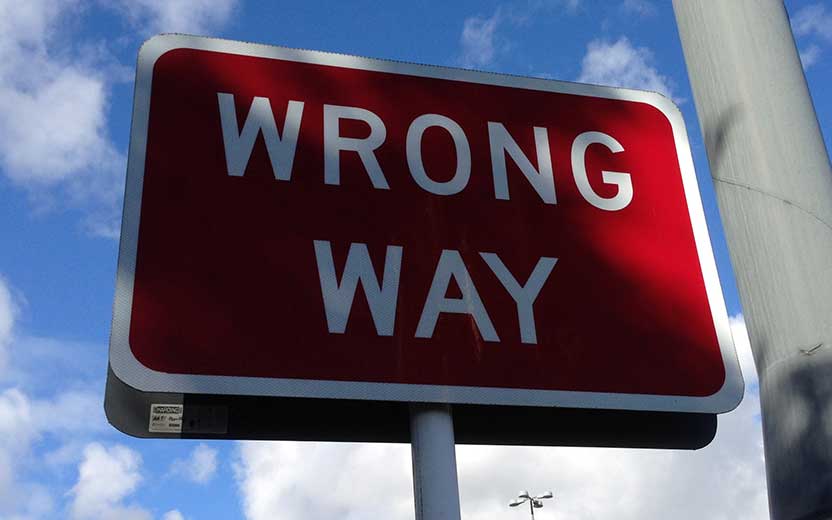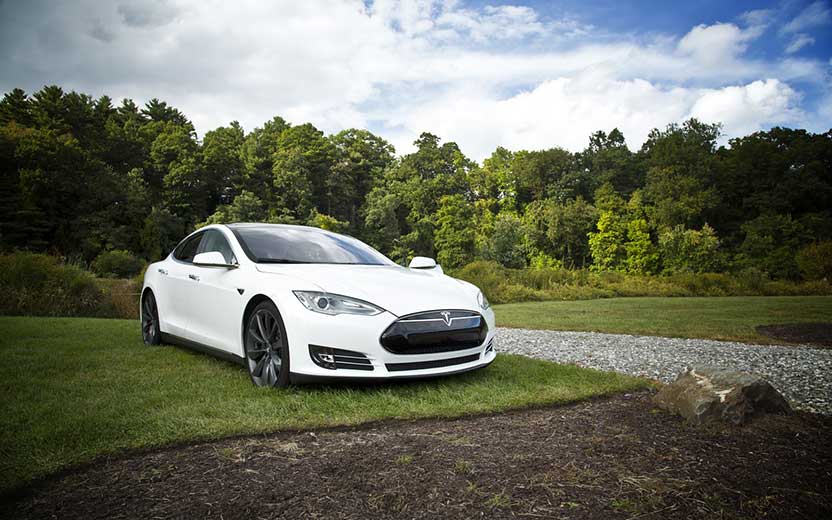By Marcus Fernandez
Intersections are those crossroads that drivers and pedestrians must make their way through or across. It may seem simple enough, but the Florida Department of Transportation data reveals that at least 30% of accident fatalities in vehicle crashes in the state occur at intersections. Based on the frequency of crashes, some intersections pose a greater risk of injuries and death. What is it about some locations that make them more dangerous than others? To find out, buckle up your seat belt for a ride through Tampa, the fourth most dangerous area to walk because of the number of pedestrian fatalities caused by traffic accidents. You’re about to learn about Tampa Bay’s high-risk intersections based on crash data, and you’ll also learn about the common causes of intersection crashes and what you can do to make them safer.
Dangerous Intersections Stand Out
According to the National Highway Traffic Safety Administration, more than a third of crashes take place at intersections. Two Tampa Bay area intersections made it to a list of the most dangerous intersections in the nation. Many factors contribute to the dangerousness of these locations. The volume of traffic and the propensity of vehicles to not obey traffic signals increase the likelihood of accidents.
How dangerous are Tampa Bay roads?
About a year ago, the Tampa Bay Times ran a story about “an average week on Tampa Bay roads.” The report focused on the victims of eight fatal crashes but also contained disturbing crash data. During seven days in April 2022, there were 1,575 crashes, or nine every hour. At least one person sustained serious injuries in 43 accidents, and eight crashes resulted in fatalities.
The most dangerous intersections in Tampa Bay
But where are the most dangerous intersections in Tampa Bay? And what are the factors that contribute to these high-risk zones? According to data compiled by the Hillsborough County Sheriff’s Office for a 16-month period, the following were the 10 most dangerous intersections in Hillsborough County:
- U.S. 301 at Gibsonton Dr.: 367 crashes with 13 serious injuries or fatalities.
- U.S. 301 at Big Bend Rd.: 332 collisions with 14 serious injuries or deaths.
- U.S. 301 at SR 674: 207 accidents with 17 serious injuries or fatalities.
- N. Florida Ave. and E. Waters Ave.: 176 crashes with 9 serious injuries or deaths.
- Lakewood Dr. and E. Dr. Martin Luther King Jr. Blvd.: 113 crashes with 10 serious injuries or fatalities.
- Fishhawk Blvd. and Boyette Rd.: 104 crashes with 10 serious injuries or deaths.
- Big Bend Rd. at Summerfield Blvd.: 97 crashes with 14 serious injuries or fatalities.
- Big Bend Rd. and Summerfield Crossing Blvd.: 92 crashes with 11 serious injuries or deaths.
- County Line Rd. and U.S. 41: 76 crashes with 10 serious injuries or fatalities.
- Bill Tucker Rd. and U.S. 301: 66 crashes with 9 serious injuries or deaths.
The 10 intersections accounted for more than 1,600 accidents. These intersections were the scene of more than 1,600 crashes, resulting in 111 serious injuries or fatalities.
Common causes of intersection accidents in Florida
The most recently available data from state officials in Florida identify several factors that cause or contribute to intersection accidents, including the following:
Running a red light
This dangerous activity takes the form of a driver entering an intersection as a traffic light turns from yellow to red or entering when the light has already turned red. Another form of running a red light occurs when a motorist wants to turn right at a red light. Instead of stopping before turning and checking for other vehicles or pedestrians moving through the intersection, the driver turns without stopping and checking if the intersection is clear and safe to enter.
Accidents caused by vehicles running a red light can be avoided simply by stopping – stopping to wait for it to turn green or stopping to ensure the intersection is clear before making a right-turn-on-red. Pull up to the stop line if a red light you stop at does not change to green after a reasonable time. There may be sensors embedded into the pavement that cause the light to change to green. If your vehicle is too far back, the sensors may not pick it up.
Districted driving
When behind the wheel of a car, your attention must be exclusively on driving. Avoid doing anything that distracts your eyes, hands, and attention from watching the road and controlling your vehicle. Distractions include talking or texting on a cell phone, checking emails, eating or drinking, talking with passengers, and multitasking.
When you are distracted, you may not notice traffic signals, stop signs, or other vehicles around you. Distractions can make you react slower to changing situations or cause you to make wrong decisions. For example, you may run a red light, fail to yield the right of way, or hit a pedestrian crossing the street.
To prevent distracted driving, you should always keep your eyes on the road and your hands on the wheel. You should also avoid using electronic devices while driving. If using a GPS device, program your route ahead of time to avoid fiddling with it while driving.
When you need to make a call or do anything that distracts you from driving, pull over when it’s safe. Wait until your vehicle comes to a complete stop and shift gears from drive into park. Only then should you engage in the other activity.
Driving when tired or drowsy
Another cause of intersection crashes is driving while tired, drowsy, or sleepy. Driving while tired is similar to driving while impaired by alcohol or drugs because it reduces your reaction time and impairs judgment.
You may not see clearly, concentrate properly, or control your vehicle when you’re tired. You may also fall asleep behind the wheel or experience microsleeps, brief periods of unconsciousness that last a few seconds.
To avoid driving while tired, get enough sleep before driving and take regular breaks during long trips. Avoid taking medications that may cause drowsiness or interact with alcohol or other drugs. If you feel sleepy while driving, stop at a safe place and nap or have someone else drive.
Speeding
Driving faster than the posted speed limit or faster than is safe for the road or weather conditions is dangerous at any time, but even more so at Tampa Bay intersections. Speeding reduces your ability to stop or maneuver your vehicle in time to avoid a collision. You also increase the severity of the impact and the damage caused by a crash. Speeding is especially dangerous at intersections, where you need to adjust your speed according to the traffic signals, signs, and the presence of pedestrians or other vehicles.
Driving at the speed limit or at speeds that accommodate current conditions gives you more time to react to sudden or unexpected situations. Along with your car’s speed when approaching an intersection, avoid following other vehicles too closely to reduce the risk of a crash if the car ahead of you brakes suddenly.
Impaired driving
Driving while your abilities to do so are impaired by alcohol or drugs is against the law and dangerous. Impaired judgment, coordination, vision, and other effects of consuming drugs or alcohol can affect your ability to stop in time or steer away from an intersection collision.
Do not try to drive after having drinks or taking drugs. Ask someone who has not had anything to drink or taken drugs to drive you home. If no one is available, call a taxi or ride-share service.
Poorly designed intersections
Although driver error is the first thing people think of as causing an intersection accident, the design of the intersection by be the cause or a contributing cause. Poor signage, inadequate lighting, confusing layout, and obstructed visibility are some design factors that state officials at the Florida Department of Transportation identified as contributing to intersection collisions.
State engineers conduct inspections of intersections to identify safety issues and recommend remediation measures. Measures to make Florida intersections safer include the following:
- Installation of roundabouts in place of traditional intersections to improve traffic flow.
- Replacing yield signs with stop signs.
- Narrowing roadways at intersections through the use of curbing to give pedestrians additional room to walk.
- Modifying red-turn arrows to allow them to be switched to flashing yellow arrows when no oncoming traffic or pedestrians enter an intersection.
The intersection improvements are part of a statewide Target Zero Initiative to reduce injuries and deaths caused by accidents.
Making intersections safer
Beyond awareness campaigns and punishing laws for violations, Florida government officials have taken design steps to make intersections safer. One method used in Tampa includes the installation of roundabouts at 25 intersections.
A roundabout changes the configuration of an intersection. It makes it circular with traffic entering and exiting through roads leading up to and connecting with it. Roundabouts force vehicles to slow down when entering and proceeding around them. With traffic slowed, any accident occurring at a roundabout may not be as severe. It’s also less likely to cause serious injuries or fatalities seen in high-speed collisions at traditional intersections.
Researchers have also tried to make Tampa intersections safer by controlling the timing of left-turn signals. Cameras and sensors determine when an intersection is free of pedestrians or oncoming vehicles. The system uses the information to decide when it is safe for a car to make a left turn at the intersection. It changes a red arrow, preventing a turn, to a flashing yellow one. This allows an approaching or waiting vehicle to make the turn safely and improves the flow of traffic.
Contact a Tampa injury attorney
If you are involved in a crash at an intersection or on a road in Tampa Bay, help is available from a Tampa car accident lawyer at KFB Law. When you want outstanding legal representation from an experienced Tampa injury attorney, contact KFB Law for a free consultation.



